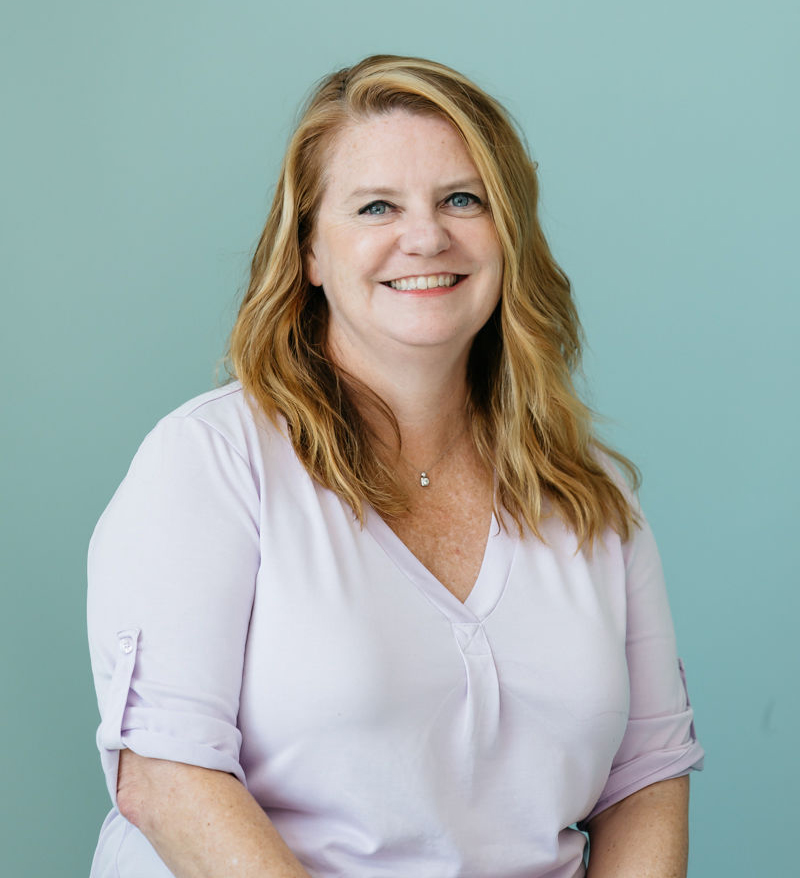By Nikki Croteau-Johnson
Let’s be honest, parenting in today’s world is difficult. When we add in the fact that children and adolescents have 24-hour access to social networking and media, parenting becomes even more difficult as children are regularly exposed to mature content and sexual themes. Yet, sex remains a topic that can be embarrassing and hard for parents to discuss, particularly with their own children. Parenting classes and books rarely address sexual behaviors in children, and parents are often reluctant to ask questions or broach the subject with professionals, their own family, or their friend network. This can lead to parents feeling overwhelmed and ill-equipped to navigate these hard topics with their children. The purpose of this article is to educate parents about children’s behavior to assist them in determining if a child’s sexual behavior is typical or something to be concerned about.
Children’s sexual awareness begins in infancy and continues to strengthen throughout preschool and school-age years. All aspects of children’s development, including cognitive, language, motor, social, emotional and sexual development are linked to each other. Children are naturally curious, not only about their own bodies, but also about other people’s bodies. Their sense of wonder and curiosity often leads children to seek out information and experiences to help them understand their world. For example, a five-year child whose parent is pregnant with a new sibling might ask a lot of questions about where babies come from. If a parent is reluctant or unsure of how to handle these questions, children may turn to other sources of information to get their questions answered, which can expose children to inaccurate or unhelpful information. In another example, an eleven-year-old child may have recently begun playing sports at school and is often changing in a locker room with other children allowing the opportunity to notice that bodies can look different. This results in the child asking a peer to compare the size and look of their private parts, leading to the parent receiving a call from the other child’s parent notifying them of the behavior. In yet another example, a parent recently discovers that their fifteen-year-old child has been looking at pornography on their PlayStation 5.
As you can see, the kinds of information children seek out, and the behaviors they engage in are directly related to where they are developmentally, as well as the environments they are exposed to. In all of the above examples, the behavior of the children involved would be considered typical/normal sexual behavior for their age. Notice that all of the behaviors were curiosity based in nature. In instances like these, we recommend parents respond by first taking a deep breath! While that is easier said than done, children respond best when approached in a calm, non-judgmental way. Next, we would recommend that parents provide education in the area that appears most relevant given the situation. Examples of responses may include:
- Provide education about accurate names and functions of all body parts
- This also assists children in being able to correctly describe any problems they may have and is a core component of abuse prevention
- Include information about social rules of behavior and privacy. Develop clear rules about where self-care should happen (behind closed doors)
- Make sure to model this for your children!
- Address consent and how to respect their own bodies and those of others. Assist in helping your child develop the language and skills necessary to speak up for themselves.
- Engage in conversations about friendships and intimate relationships. Help your child understand what characteristics make a good friend and equally what makes someone trustworthy.
- Provide sex education that is appropriate for the child’s age and developmental level. This should include information related to bodily changes that occur during puberty.
- Monitor and supervise electronic devices. Develop clear rules and expectations for device time and access. Make sure to model this behavior for your children!
So, when should parents or other professionals be concerned about a child’s sexual behavior? When evaluating whether sexual behaviors have become concerning or problematic, there are a variety of factors to consider when making such a determination. Parents should be concerned when their children’s sexual acts or behaviors have one or more of the following characteristics:
- Does the behavior occur frequently? (they happen a lot, not just every once in a while)
- Does the behavior take place between children of widely differing ages? (such as a 12-year-old who engages in sexual behavior with a 4-year-old)
- Does the behavior take place between children of different abilities (such as a 12-year-old who engages in sexual behavior with a 12-year-old peer that functions cognitively as a 6-year-old)
- Are behaviors initiated with strong, upset feelings such as anger or anxiety?
- Does the behavior cause harm or potential harm (physical or emotional) to any child involved?
- Does the behavior continue despite a parent engaging in typical strategies to eliminate or intervene in the behavior (such as discipline)?
- Does the behavior involve coercion, force, or aggression of any kind?
If any of these characteristics are present, we would recommend you seek guidance from a professional.
While the idea of addressing sexual behavior in children and the ensuing conversations that it involves may seem daunting, it can also be rewarding and bring you closer to your child. Children want to receive information about sensitive subjects from their trusted adults. Providing a safe space for these discussions and approaching your children with a curiosity based and non-judgmental approach will ensure that your children come to you with their questions.
Nikki Croteau-Johnson, MA, LPA is the Clinical Director with the Problematic Sexual Behavior Program at the Center for Child and Family Health


